
It’s one thing to identify deciduous trees in summer, with their distinctive leaves on full show, but what about winter? Without leaves, we have to look at other telltale signs. After a bit of practice, it can be easier than you think. Have a go, using these helpful methods, which will make it easier to identify trees in leaf too.

Growing up, I could pick out an Oak tree, a Hazel, and Hawthorn and probably more, which I promptly forgot as a teen. When, as a young adult, I learnt to identify all our native trees, it turned the ‘wall of green’ into a forest of individuals, each with their own characteristics. As I got to know the practical, edible and medicinal uses for each tree, I began to feel a familiarity with each one, a bond. This knowledge and relationship comes in handy so often when I’m out – knowing which trees to use for a fire kit, for kindling, for crafting, which ones lend themselves to shelter building, or at certain times of year, which might offer food.

Buds
Buds are probably the easiest, and most failsafe way to identify a tree in winter. When you look closely, each tree has distinct buds, often very different from others. All winter long, within these buds the trees nurse leaves that will burst forth in spring when the temperature and daylight hours give the signal.

Some buds are distinctly coloured, like the black of Ash. They can be sticky, hairy or papery. They can grow on a twig in pairs, or separately spaced out along the length. The shapes of a bud can vary too – from compact nodules, to long thin points.
The Woodland Trust has a very clear and useful chart here.
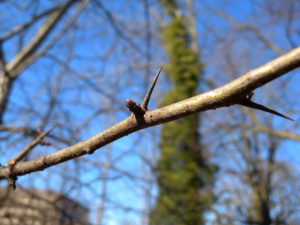
As well as buds, there may be other signs of the spring to come, such as early flowers. Birch and Hazels have their catkins through the winter.

Bark
The tricky thing with bark identification is that there is much more variation within one tree species. This is particulatly the case with comparing young trees or branches and older trees or trunks. Generally, bark often begins smoother and softer, in more vibrant colours and later cracks, roughens and flakes with age.
Ash bark tends to be grey and smooth, cracking with age, to finally resemble the deeply grooved bark of Oak.
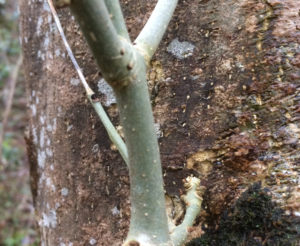
One of the trees that so clearly displays the difference between older bark and the bark of younger shoots is the Hazel. Due to the multi-stemmed base, young branches grow next to older stems and the two side by side differ so greatly it can be hard to believe it is the same tree! A young hazel stem can have peeling reddish papery bark, almost like a Birch, while an older stem can be smooth and silvery.
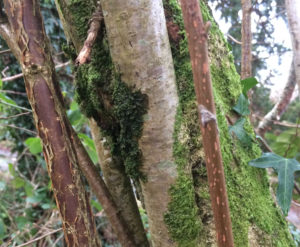
Some trees, however have such distinct bark that they are hard to miss – such as the Silver Birch.

I sometimes find stories and anecdotes help me remember trees and plants when I am learning them. I have a memory that someone told me that beech tree trunks were like elephants’ legs. Grey and sometimes wrinkled like skin. It has always stuck with me!
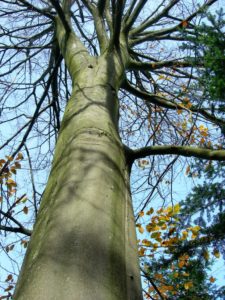
Overall Shape
Standing back from the tree, there is a lot to tell from the way it grows, from the base to the tip. Does it have one main trunk? Or a number of stems coming from the base? Is it tall and thin? or short and wide?
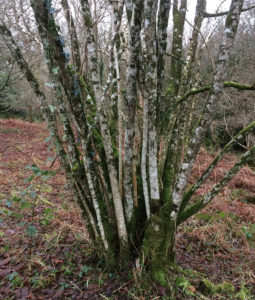
Trees in a woodland tend to be taller and thinner, in their quest for light, but some shape variety will still be there. In open space, trees can stretch their branches wider, and therefore show their distinct shapes much more clearly.

Size
Some trees can grow much bigger than others. This is partly due to the ecosystem succession role of the tree. A Rowan for example is a pioneer tree, coming into treeless ground and paving the way for climax species such as Oak. Therefore, Rowans never tend to get very big, always giving way for the next wave in the succession of species on their way to foresting the land.

So if you are looking at a very large tree, you can generally rule out some of the smaller trees like Hazel, Birch, Rowan, Elder, Hawthorn and Blackthorn. None of which generally grow to become massive.
Remnants from Summer

It is worth checking for signs left over from the summer. There can be remnants of fruit and seeds still hanging on bare branches, Crab Apple and Hawthorn are ones to watch out for for fruit. Alder’s cones and Ash’s seed pods can linger on the trees once the leaves have disappeared.
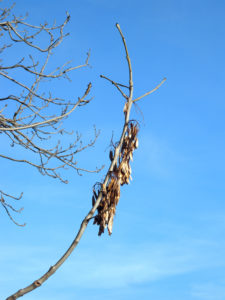
You could also have a look at the ground, under large trees there are likely to be a higher proportion of leaves from that tree all around it. This is not a totally failsafe way, as the longer lasting leaves of oak, beech and chestnut can be blown underneath other trees and become misleading. Its best to use this as a clue rather than a key identification tool!
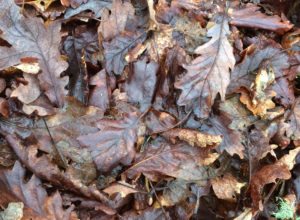
So… get out there and have a go!
The views expressed in our blog are those of the author and not necessarily lowimpact.org's




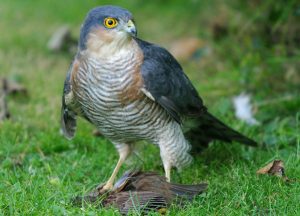 Nature in January – what to look out for
Nature in January – what to look out for
 It’s a mast year!
It’s a mast year!
 What tree species to choose for woodlands in the 21st century
What tree species to choose for woodlands in the 21st century
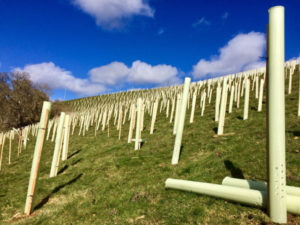 Diary of a tree planter
Diary of a tree planter
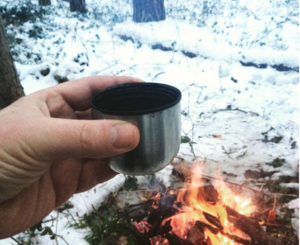 7 great reasons to try bushcraft and camping in winter
7 great reasons to try bushcraft and camping in winter
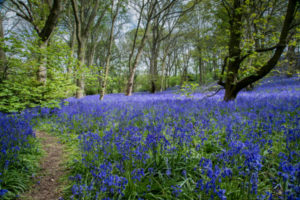 Could you help save ancient woodlands as a “threat detector” with the Woodland Trust?
Could you help save ancient woodlands as a “threat detector” with the Woodland Trust?
 Green woodworking
Green woodworking
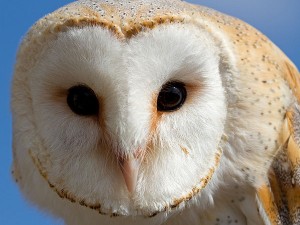 Nature awareness
Nature awareness
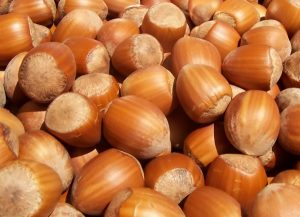 Nuts & nut trees
Nuts & nut trees
 Tree / woodland management
Tree / woodland management


